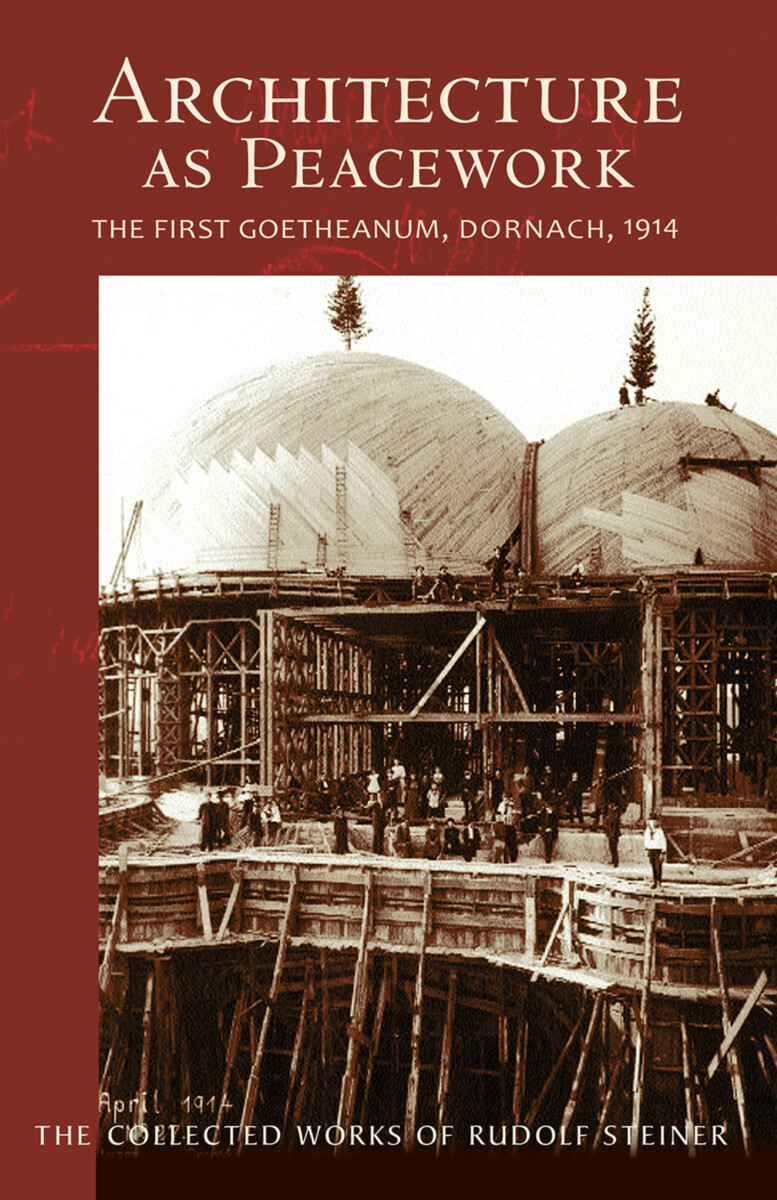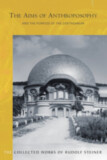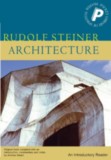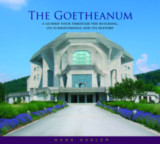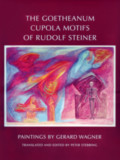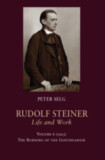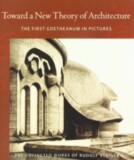Architecture as Peacework
The First Goetheanum, Dornach, 1914 (CW 287)
- Publisher
SteinerBooks - Published
30th December 2016 - ISBN 9781621480990
- Language English
- Pages 196 pp.
- Size 6" x 9"
- Images 15
5 lectures, Dornach, Switzerland, October 10-25, 1914 (CW 287)
At the outbreak of World War I, August 1914, the construction of the singular architectural masterwork that would later be called the Goetheanum was well underway on a hill just above the village of Dornach in neutral Switzerland. A small international community had gathered the previous year to take part in this unique artistic building project under Rudolf Steiner’s direction. Once the war had begun, the mood and day-to-day life of Europe was instantly changed, and no less so amid this ad hoc spiritual and artistic community. Artillery could be heard in the distance, and many were recalled to their native countries for armed service. Soon, tensions among individuals of various nationalities who remained in Dornach arose.
This is the immediate background to these evening lectures in the woodworking building next to the construction site, just two months after the start of the war. Never announcing his intentions, and using the metamorphosing forms of the hand-sculpted wooden architraves resting on the columns inside the building itself as illustration, Steiner embarked on a convincing and heartfelt appreciation of the uniquely beautiful qualities of the various European cultures at war.
These lectures were given at a specific time and place to a particular audience. The intention was clear—to cultivate not merely tolerance of others, but even love and sincere appreciation. Such intentions are also needed today.
The Russian writer Andrei Bely was present at these talks, and later commented on them: “In light of his words we looked at each other with new eyes, the oppressive mood was transformed; other infections broke out later but the national fever was overcome once and for all. The members of the belligerent nations lived in peace from then on.”
This book is a translation based on the second German edition of GA 287, Der Dornacher Bau als Wahrzeichen geschichtlichen Werdens und ku¨nstlerischer Umwandlungsimpulse.
C O N T E N T S:
Introduction by John Kettle
Lecture One Dornach, October 10, 1914
Lecture Two Dornach, October 18, 1914
Lecture Three Dornach, October 19, 1914
Lecture Four Dornach, October 24, 1914
Lecture Five Dornach, October 25, 1914
Appendix:
“A Reply to Professor Harnack by Some British Theologians”
“Professor Harnack in Rebuttal”
Editorial and Reference Notes
Rudolf Steiner’s Collected Works
Significant Events in the Life of Rudolf Steiner
Index
Photographs and Drawings
Preceding Lecture One:
1. Rudolf Steiner at the building site
2. First Goetheanum, from the south
3. First Goetheanum, under construction, February 1914
4. Detail of the interior construction of the large dome, June 1914
Following Lecture Five:
5. Preparation and carving work in the carpenter's workshop, May 1914
6. Carving work on the curvatures between the columns and the internal wall
7. Carving the capitals in the concrete underbody of the building, April 1914
8. Architrave of the large dome, model
9. Architrave of the large dome, status of the carving work, October 1914
10. Large dome space of the first Goetheanum: seventh to fourth column
11. Large dome space of the first Goetheanum: fourth to first column
12. Construction workers assembling the capitals
Rudolf Steiner
Rudolf Steiner (b. Rudolf Joseph Lorenz Steiner, 1861–1925) was born in the small village of Kraljevec, Austro-Hungarian Empire (now in Croatia), where he grew up. As a young man, he lived in Weimar and Berlin, where he became a well-published scientific, literary, and philosophical scholar, known especially for his work with Goethe’s scientific writings. Steiner termed his spiritual philosophy anthroposophy, meaning “wisdom of the human being.” As an exceptionally developed seer, he based his work on direct knowledge and perception of spiritual dimensions. He initiated a modern, universal “spiritual science” that is accessible to anyone willing to exercise clear and unbiased thinking. From his spiritual investigations, Steiner provided suggestions for the renewal of numerous activities, including education (general and for special needs), agriculture, medicine, economics, architecture, science, philosophy, Christianity, and the arts. There are currently thousands of schools, clinics, farms, and initiatives in other fields that involve practical work based on the principles Steiner developed. His many published works feature his research into the spiritual nature of human beings, the evolution of the world and humanity, and methods for personal development. He wrote some thirty books and delivered more than six thousand lectures throughout much of Europe. In 1924, Steiner founded the General Anthroposophical Society, which today has branches around the world.


